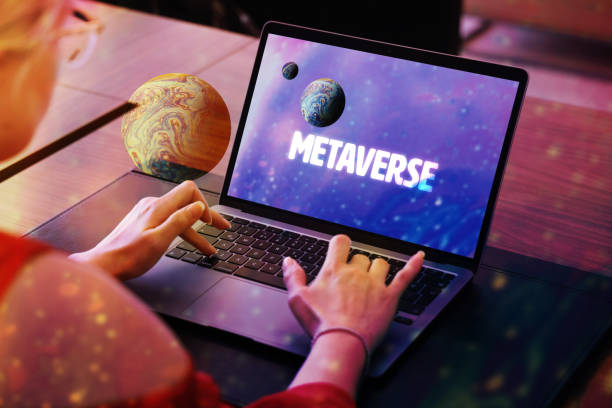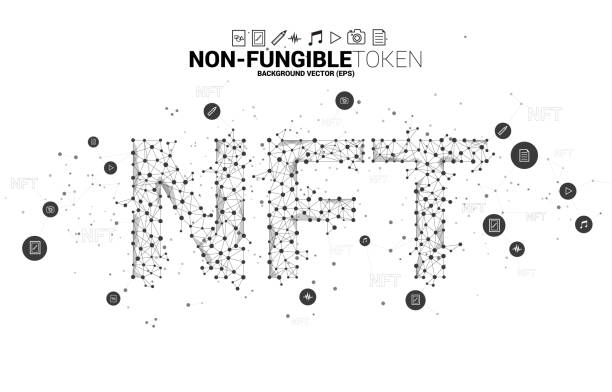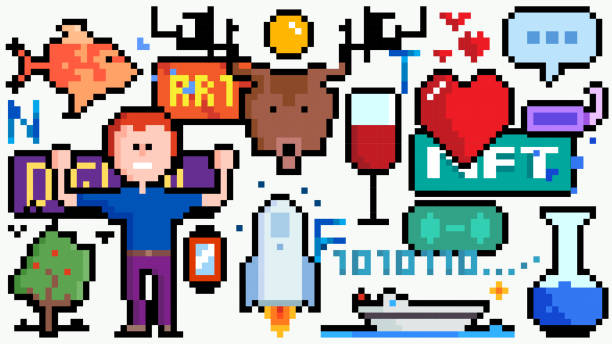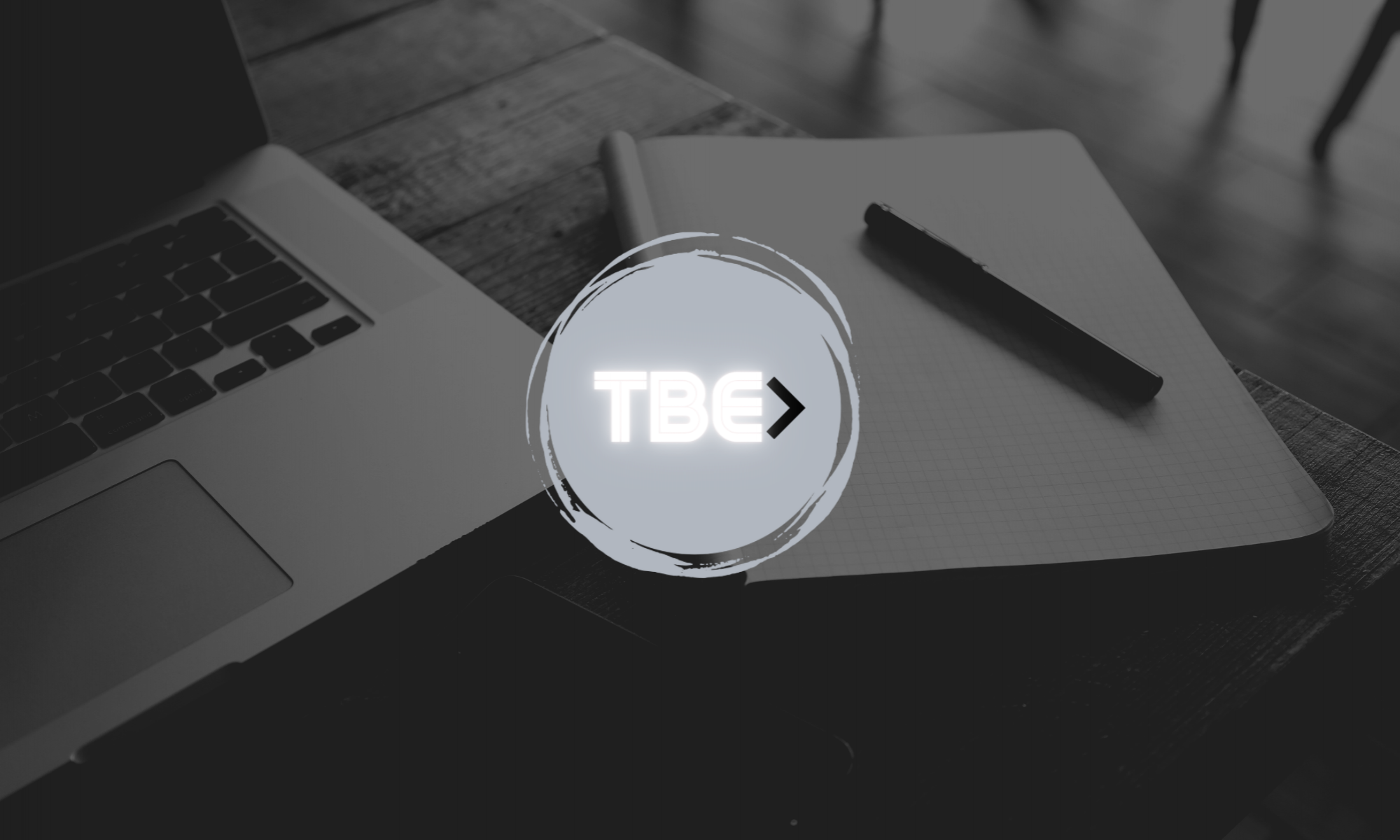With the number of applications for NFTs rapidly rising, these digital assets are ushering in a new era of the digital world: the Metaverse. NFT-based augmented experiences will be the foundation of next-generation social networks. The entrance of metaverses on the world stage is best demonstrated by Facebook’s Meta launch, which signifies the shift toward a metaverse era.
NFTs and metaverses are already intricately intertwined, particularly in the context of blockchain gaming and other interoperable games, where they play the function of value carriers in expanding digital social mediums. This is especially true in blockchain gaming and other interoperable games. Even though NFT gaming is a new concept, it is already popular, as seen by NFT’s Initial Game Offering (IGO). IGO’s NFT collections have all sold out within two weeks of the gaming arm’s launch, with trade volume exceeding $16 million in the first two weeks.
What Is The Metaverse?

A blockchain-powered metaverse is a virtual world that can be accessed via the Internet. Decentralized media gives endless chances for social engagement, while VR and AR serve as visual component providers. Interoperability and adaptability among players on both the individual and the organizational levels are the hallmarks of these ecosystems.
There are several processes and elements in metaverses, including communications, financial transactions, and more. NFTs are also part of the mix. In the Metaverse, anybody can build, buy, and view NFTs (Non-Functional Objects) to acquire virtual property, join social communities, construct virtual identities, and more. There are many ways to monetize physical and digital assets in the Metaverse with this wide range of possible applications.
What Impact Will NFTs Have On The Metaverse?

NFTs can disrupt metaverse transactions and user interaction due to their unique ability to operate outside the standard social network paradigm. Learn how NFTs may cause havoc in the digital age.
Open And Fair Economy
The Metaverse is a virtual decentralized ecosystem where consumers and businesses can move their real-world assets and services. Interoperable blockchain games are one way to bring more real-world assets into the Metaverse through novel gaming models and forms of play.
When it comes to engaging and empowering blockchain game players, play-to-earn gaming is a great option. Using NFTs, users can participate and earn rewards for the value they provide to the Metaverse’s financial in-game economies, thus earning while they play. On the other hand, traditional games don’t give players full control over their assets, which makes play-to-earn games fairer in the Metaverse.
Many in-game components from other gaming projects are available for players to collect and transfer into various in-game contexts, so there’s no need to worry if you’re not sure how to participate. Since the debut of Infinite Game Universe (IGO), all NFTs were sold out before they were even released to the public.
The growth of play-to-earn gaming guilds is essential to the future of this model. NFT resources such as land and assets are purchased by guilds and then loaned out to other players who desire the resources to utilize them in their virtual worlds to earn money, thus facilitating intermediaries. Guilds then take a small percentage of the money they make from playing the game.
In this way, the economy is made more open and equitable by allowing players who lack the initial capital to gain an advantage through guilds. Guilds make it easier for everyone to engage in the metaverse economy by lowering the barrier of entry to play-to-earn games. To put it simply, guilds are a catalyst for the metaverse economy by making NFT resources more accessible to all players.

Aside from in-game items and digital real estate, users may also trade their NFT assets like these for real-world money on the NFT marketplaces. As a player, you can employ NFTs in the game’s Metaverse to determine their value to the overall economy. As a result, users can create a variety of different kinds of content, such as widely used public domain assets, original digital artwork, and specialized NFTs that confer unique skills and appearances in video games.
Immutability and transparency are built-in features of the blockchain in a metaverse, creating an open and fair economy. Due to the lack of pumps and inflationary value inflation, the fundamental law of supply and demand is no longer applicable. Prices are instead determined by the scarcity of an NFT and its on-chain value.
Extending Identities, Communities, And Social Experiences

In metaverses, NFTs will also play an important part in forming identity, community, and social interactions. Support for a project or different opinions on the virtual and real world can be communicated by holding particular NFT assets. This enables groups of like-minded NFT holders to join together and share their experiences and generate content. NFT avatars are an excellent illustration of this type of NFT.
Using NFT avatars, players can express themselves in a variety of ways. Players can enter and hop between different regions within the Metaverse by using NFT avatars as access tokens. NFT avatars allow us to develop and curate our virtual selves in the Metaverse with complete freedom and ownership as a virtual extension of our real-world identities.
Virtual membership in the Metaverse and in the physical world is made possible by purchasing avatar NFTs. This fosters a sense of belonging and social interaction. NFT avatars are already shaping the Metaverse’s experiences and environs through the development of content and the founding of startups.
The Bored Ape Yacht Club and the CryptoPunks collections, which provide their unique owner privileges and access to gated communities of wealthy people with protected content and even offline private events, are vibrant instances of such avatars that shape one’s personal identity. Entrance fees linked with NFTs are a great way to emphasize the importance of NFTs as value carriers that connect the virtual and physical worlds.
Virtual Real Estate Ownership

With NFTs, users can own all of their virtual land and space in the Metaverse, and they can do what they want with it. Ownership of virtual property can be proven by using a blockchain-based system.
Land in the Metaverse can be used in various ways, including for-profit, passive revenue, the construction of various structures like online shops, or hosting social gatherings.
Decentraland recently organized a virtual fashion show in partnership with Adidas, in which designs were auctioned off as non-fungible tokens (NFTs). Musicians are especially interested in virtual real estate because they may perform online and sell NFT tickets and goods through the Internet.
The Metaverse’s Future

Metaverses are still in the early phases of development, but they offer a wealth of potential social and economical prospects thanks to the utilization of NFTs.
Metaverses and NFT blockchain gaming will become a vital aspect of Web 3.0, a period in which real-world enterprises extend into the digital sphere and users discover the adaptability of such settings, thanks to the incorporation of VR, video games, social media, and crypto.
